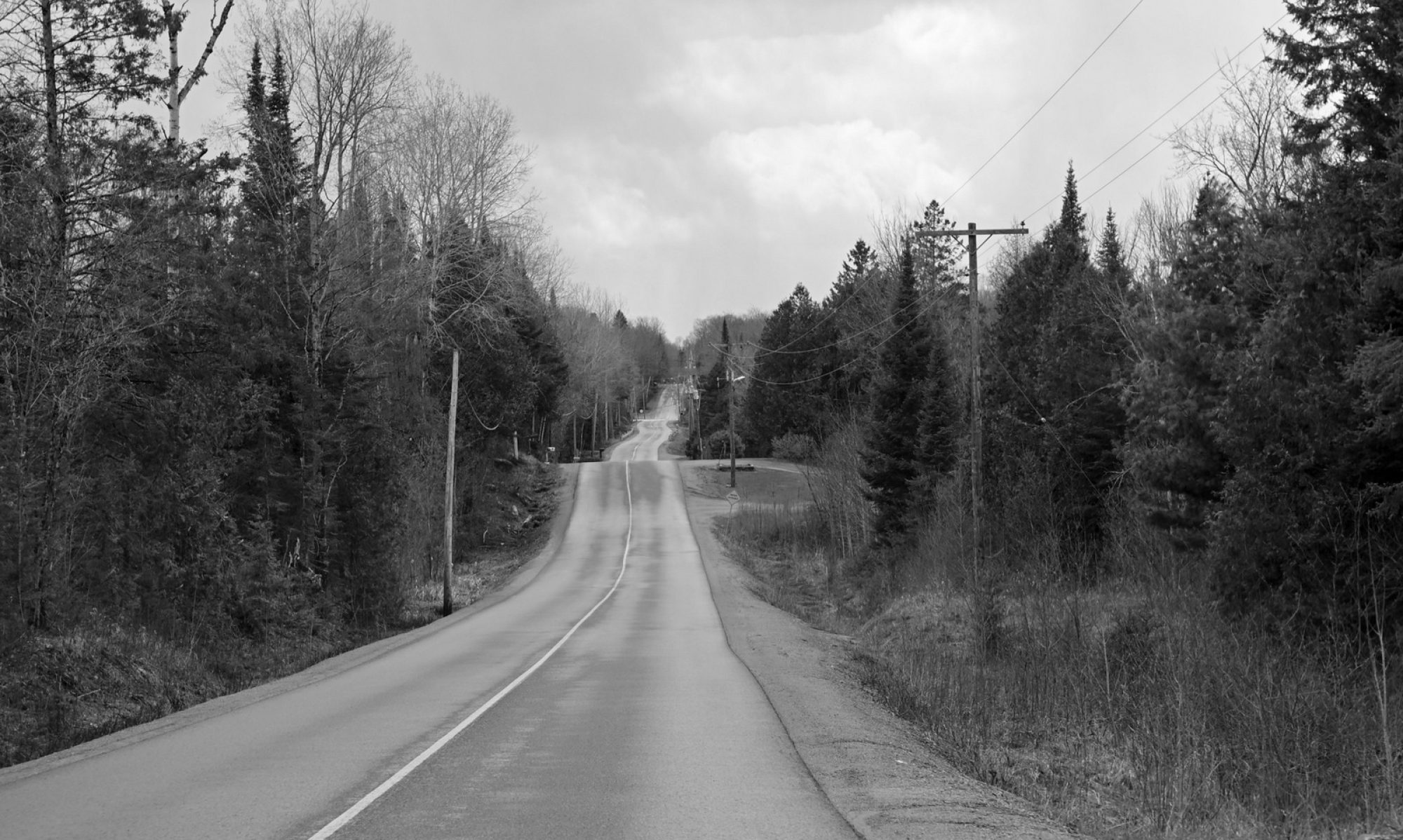
In 2018, Toronto toyed with a concept that sparked interest among motorcyclists and raised eyebrows among the city’s drivers: lane filtering. This maneuver, which allows motorcyclists to weave between lanes of stopped or slow-moving traffic, promised a smoother ride for two-wheelers and posed questions about road safety and traffic flow. Fast forward to today, and many are left wondering, what ever happened to that proposal? Let’s revisit the facts and ponder the current state of lane filtering in Toronto.
Understanding Lane Filtering
Lane filtering offers a practical solution in heavy traffic, allowing motorcyclists to navigate through congestion more efficiently. This practice is especially appealing at traffic lights, where it could reduce the risk of rear-end collisions—a frequent concern for riders. Distinguished from lane splitting, where motorcycles move between lanes of moving traffic, lane filtering is about safety and efficiency at lower speeds.
The 2018 Proposal in Toronto
The city council once considered a pilot project for motorcycle lane filtering on Richmond and Adelaide streets, hoping to assess its impact on safety and traffic. The initiative aimed to make the roads safer for motorcyclists by minimizing the risk of collisions at traffic stops, proposing a change that could potentially streamline traffic for everyone.
The Debate on Lane Filtering
The benefits of lane filtering are clear: reduced traffic congestion, lowered risk of collisions for motorcyclists, and possibly even environmental perks due to decreased idling times. For those of us with air-cooled motorcycles, the advantage is even more tangible. Keeping the bike moving means keeping the engine cooler, which is critical for the longevity and performance of air-cooled engines. However, concerns about the legality of lane filtering and the potential for accidents due to unexpected motorcycle movements have made its adoption a complex issue. In Canada, lane filtering remains illegal, adding another layer to the debate.
Has Toronto Made a Decision?
Despite the initial momentum, there hasn’t been a clear follow-up on the city’s stance towards the lane filtering pilot project. The lack of updates leaves riders and road safety advocates in a state of uncertainty. Is Toronto moving closer to embracing lane filtering, or has the proposal stalled in the face of legal and safety considerations?
Weighing In
The conversation around lane filtering is far from over. Whether you’re a motorcyclist who’s experienced the benefits of lane filtering elsewhere or a driver concerned about sharing the road, your perspective is valuable. Toronto’s decision on lane filtering could influence future policies across Canada, making it a pivotal issue for all road users.
What are your thoughts on lane filtering? Do you believe Toronto should pursue the pilot project, or are there better ways to address traffic congestion and road safety? If you have insights or updates on the matter, sharing them could enrich the ongoing discussion.
As we wait for official word on the lane filtering proposal, it’s crucial to keep the dialogue open and inclusive. Whether for or against, each voice adds depth to our understanding of what’s best for Toronto’s streets. Let’s stay engaged and hopeful for solutions that enhance safety, efficiency, and the joy of riding, not to mention the added benefit for those of us keeping our air-cooled bikes from overheating in the stop-and-go traffic.
